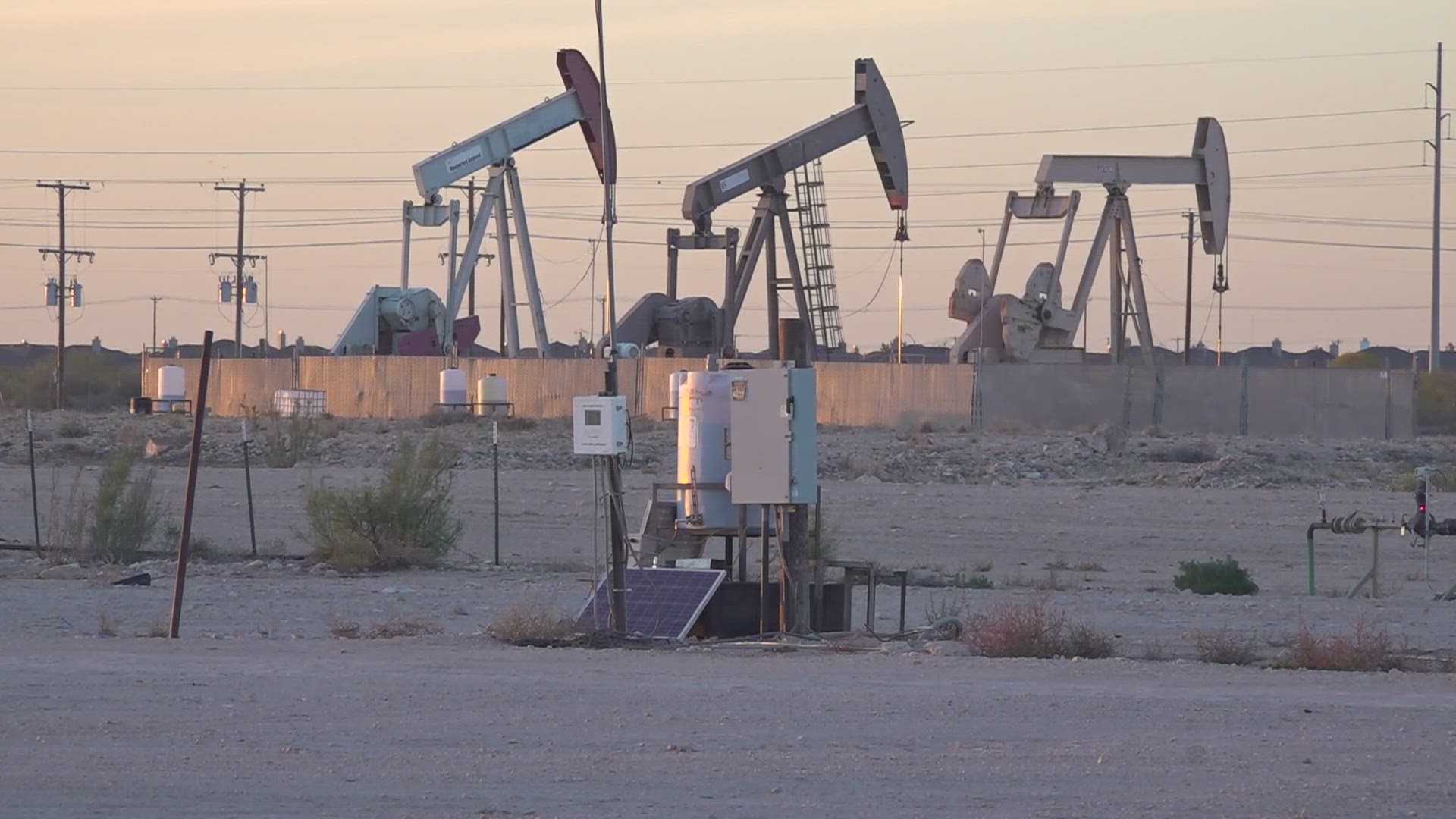MIDLAND, Texas — The oil and gas industry will be working to get into compliance in 2024 with new EPA regulations regarding methane emissions that came out in December of 2023.
The inflation reduction act also added a fee to those emissions that could cost some producers.
As for how it will impact energy production, the concern is that it will make production more costly, and subsequently, things more expensive for consumers.
There are many small producers and operators in the Permian Basin, and if the regulations plus the fee become too expensive for them to handle, potentially losing their production could have a noticeable effect.
The new year might not be so happy for oil and gas producers.
“This is the first time the EPA has regulated methane emissions," said Tim Tarpley, president at Energy Workforce and Technology Council.
Those regulations call for the end of routine flaring, which prompts the need for improved pipeline infrastructure.
“As far as flaring goes and making the need for flaring irrelevant here in the United States, we really do need permitting reform, because there are areas where we don’t have takeaway capacity to get that gas to market and have a useful use for it," Tarpley said. "So, in some instances, you don’t have a lot of other options other than flaring.”
Tarpley said another regulation requires monitoring methane emissions for facilities of a certain size.
“In regards to methane emissions, the solution is a technological solution – it is improving that detection technology and quickly fixing leaks when they do occur," Tarpley said.
The oil and gas industry started that work even before these regulations.
“Optical technology that can be placed right outside a facility on that property and can monitor the equipment on that facility for any methane leaks," Tarpley said. "Again, quickly identifying problems and fixing them.”
Finding the balance between production and emissions is the goal.
“We can have energy security, we can have the necessary amount of energy that the United States needs and that the world needs, and we can do that at the same time that we’re working to lower emissions," Tarpley said. "For all the reasons that we mentioned – the technological solution and making sure we have the energy infrastructure in place to move energy as we need.”
With oil and gas companies voluntarily lowering methane emissions and working into compliance with these new regulations, the potential fee could be a challenge.
“We think the fee is unnecessary and it will just add a cost to the energy system, which at the end of the day is going to add a cost to everything that we do in the United States," Tarpley said.
Tarpley noted that it will impact facilities who release over 2,500 metric tons of methane annually. So, for example, if a company emits 2,501 metric tons, that’s a $900 fee. If they emit 2,510 metric tons, that’s a $9000 fee. The base fee is $900 per metric ton in 2024, but that will rise to $1,200 in 2025 and $1,500 in 2026.

